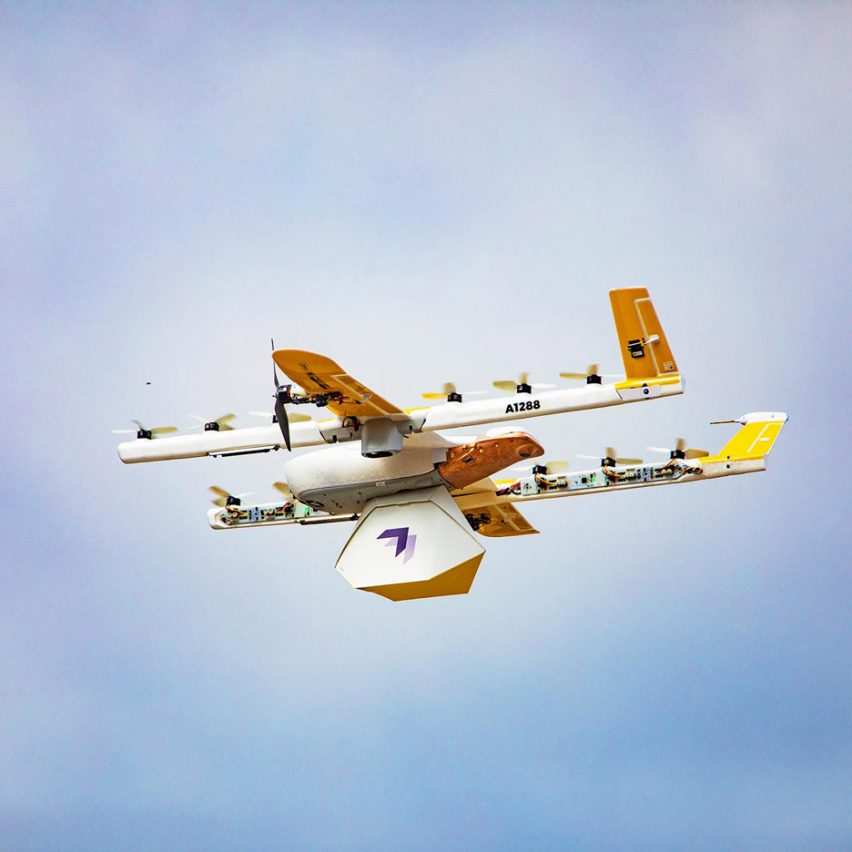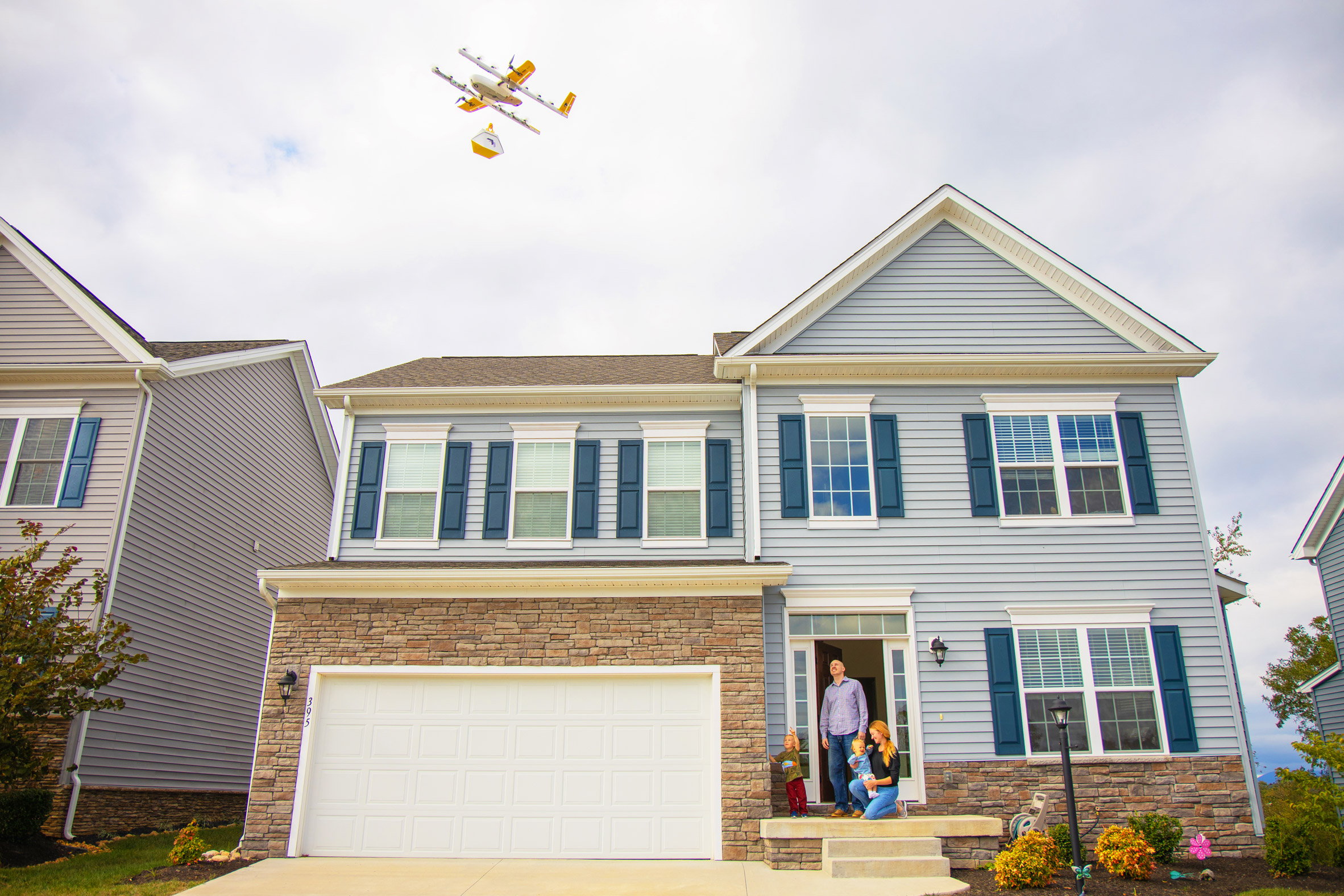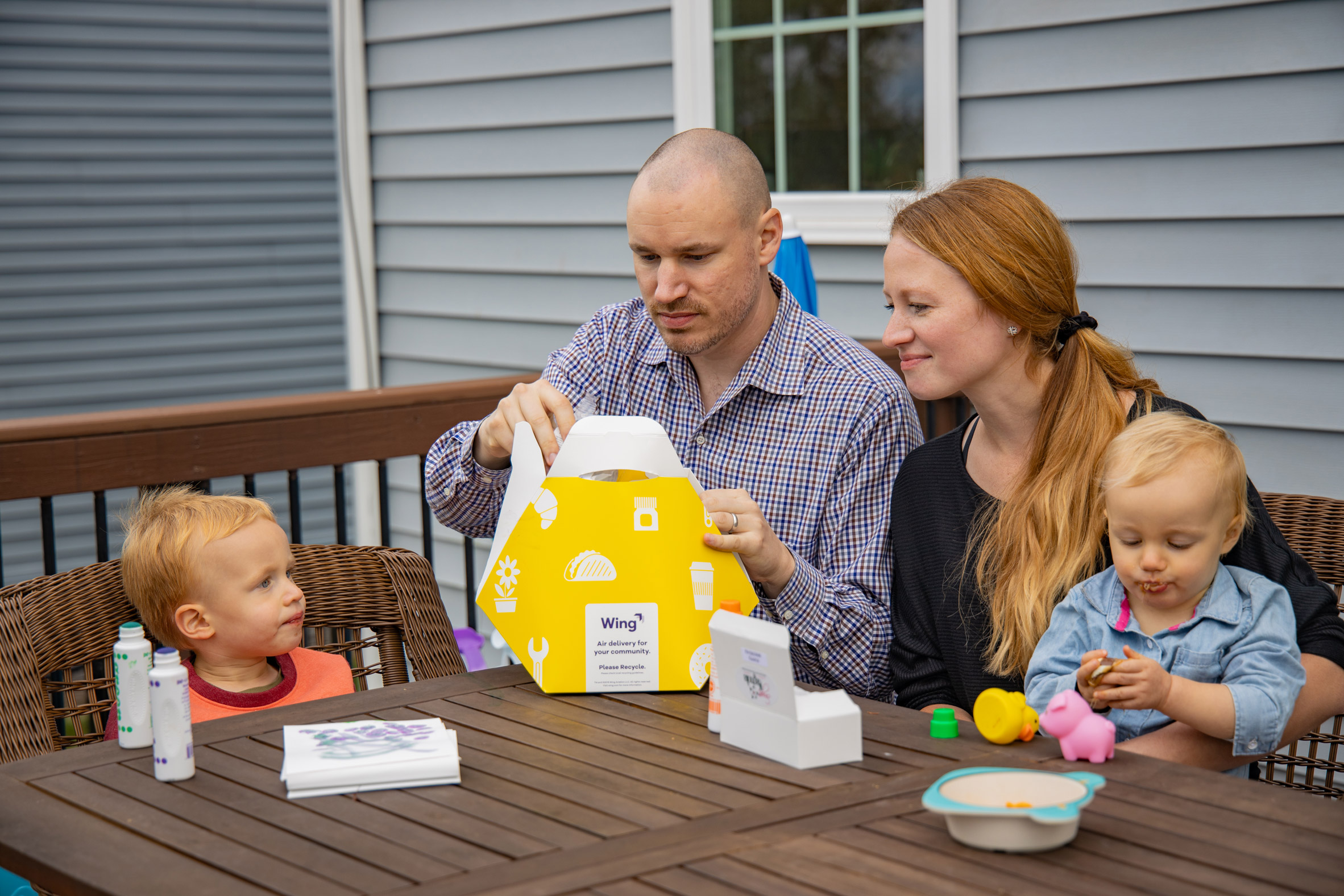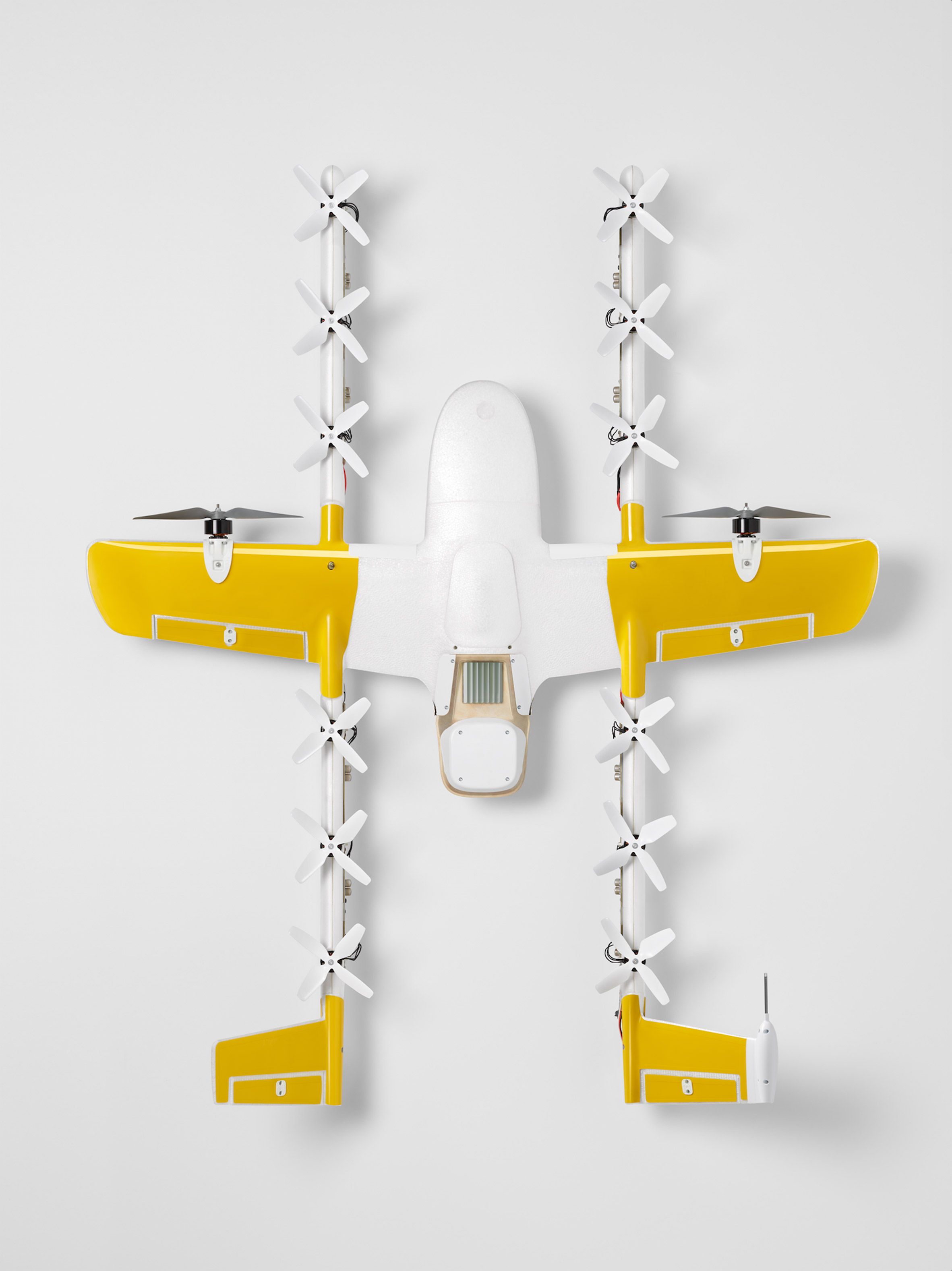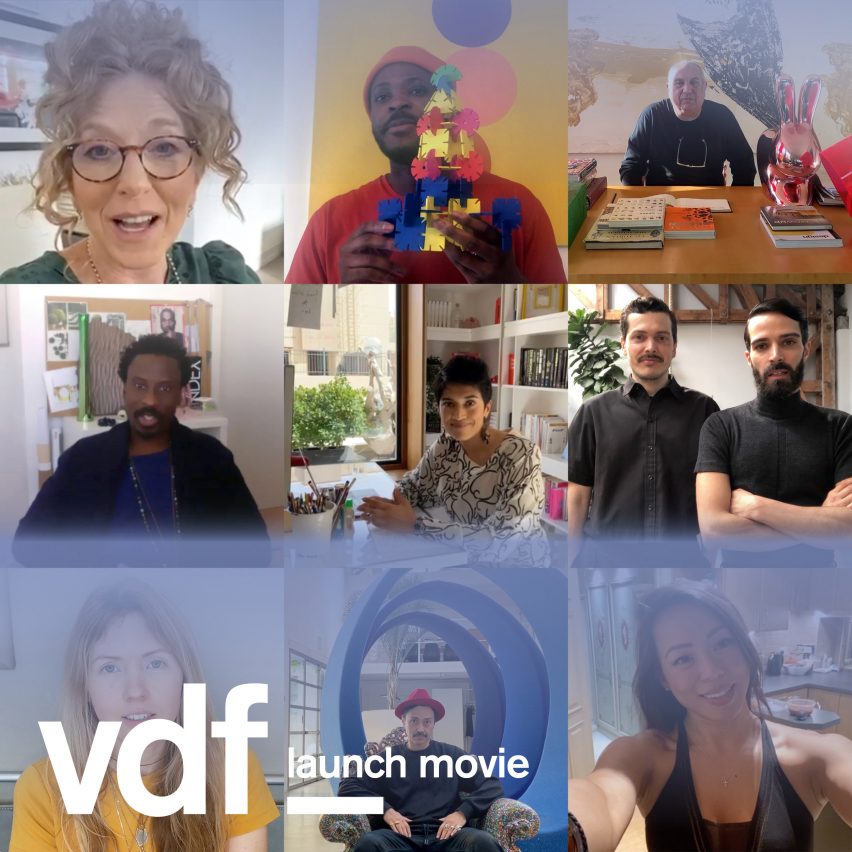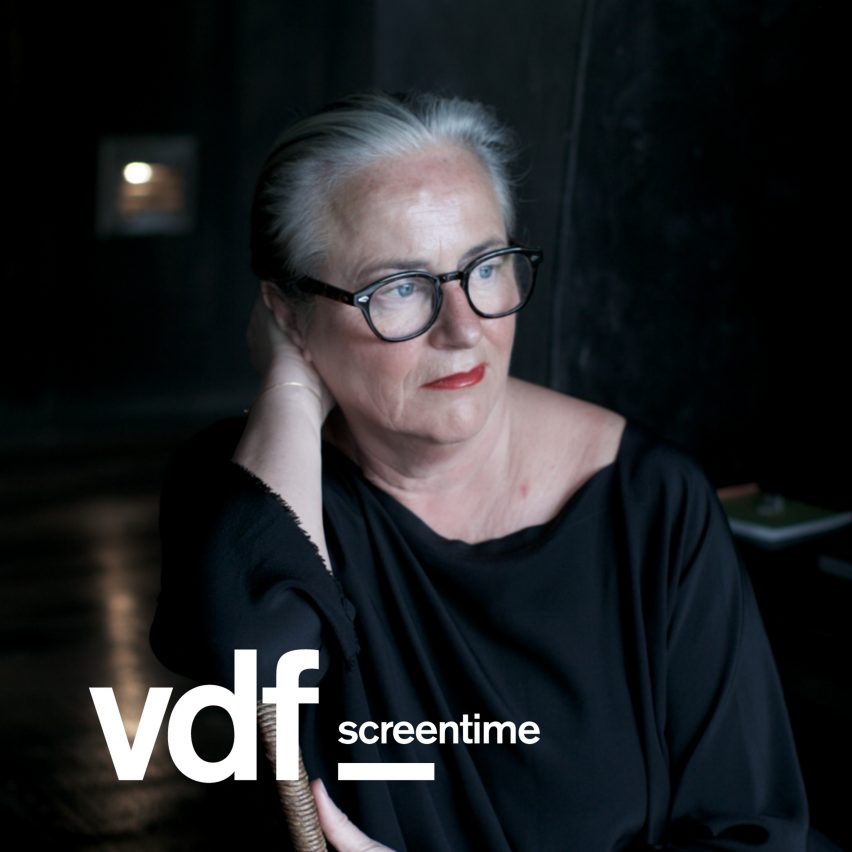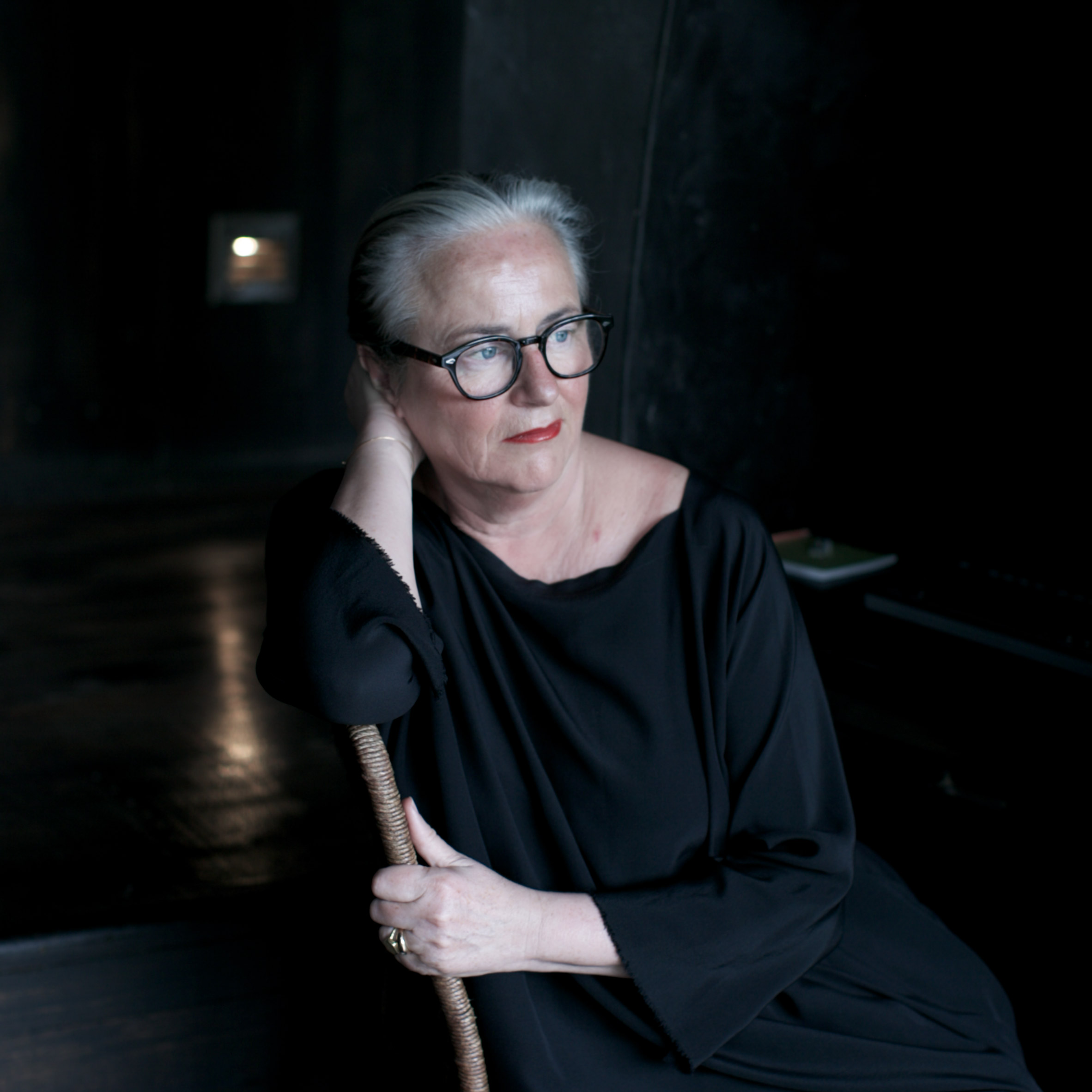Virtual Design Festival has launched with a video featuring self-recorded messages from 35 architects, designers and artists around the world including Stefano Giovannoni, Es Devlin, Ini Archibong, Ben van Berkel and Bec Brittain.
Each contributor delivers a video message to the world, explaining how they are faring during lockdown and offering their thoughts on the coronavirus pandemic.
Dezeen will be publishing many of the video messages in full over the coming days, and we welcome additional submissions from readers. See the brief here.
Maurizio Stochetto, Milan
The VDF launch movie begins with a message from Maurizio Stochetto, owner of Milan's legendary Bar Basso, where designers congregate in their thousands each evening during Milan Design Week.
The event was due to take place next week but has been cancelled due to coronavirus along with almost all other events in the architecture and design calendar this side of summer.
At the start of the movie, Stochetto unlocks his bar and walks through an empty interior that is familiar to architects and designers around the world, and was the venue for a Dezeen party in 2010.
Milan was among the first western cities to be locked down due to coronavirus, and the Lombardy region remains one of the worst-hit parts of the world.
"With Dezeen's Virtual Design Festival, we still have a chance to be together," Stochetto says.
Fundraising for Milan's homeless
In a separate move, following discussions with Stochetto, New York designer Todd Bracher has set up a gofundme campaign to raise money for Milanese homeless charity Opera San Francisco, which Dezeen is delighted to support.
Marcus Fairs, Dezeen, UK
Next, Dezeen founder and editor-in-chief Marcus Fairs introduces Virtual Design Festival and explains its mission.
"Today Dezeen is launching Virtual Design Festival, which we hope will help bring everyone together during these difficult days," he says, speaking in the temporary VDF broadcast studio that has been set up in a bedroom. The studio will be used to conduct regular live and pre-recorded interviews as part of VDF.
Fabio Novembre, Milan, Italy
This is followed by messages from around the world, starting with Milanese designer Fabio Novembre.
"We are all living in a surreal situation. It's really like when reality goes much further than science fiction itself," says Novembre, speaking from his studio in Milan.
Stefano Giovannoni, Milan, Italy
"Remember, after the plague there will be a renaissance," says industrial designer Stefano Giovannoni, speaking from his home and studio.
Lorenza Bozzoli, Milan, Italy
Milanese designer Lorenza Bozzoli also strikes a note of optimism: "The next Salone [del Mobile in] 2021 in Milano will be fantastic!"
Margriet Vollenberg, Utrecht, Netherlands
"This is a terrible period for everybody," says Margriet Vollenberg of Dutch organisation Ventura Projects. "But I also have high hopes; I really hope that we find time to clear our heads a little bit to focus a bit."
Arthur Mamou-Mani, London, UK
"I'm just out of three weeks of symptoms of the Covid-19," says architect Arthur Mamou-Mani from London. "But I do feel like that shared struggle is bringing people together, bringing us closer."
Yves Behar, California, USA
"I'm here working from home," adds Yves Behar, speaking from northern California. "And you know, just keeping drawing, keeping sketching, looking forward to being back with people hugging and brainstorming with a team."
Rajshree Pathy, Coimbatore, India
"In these challenging times, it's important for the design fraternity to connect and to see how we can reimagine the world going forward," says India Design Forum founder Rajshree Pathy from her home in Coimbatore, India.
Ini Archibong, Neuchâtel, Switzerland
"I've been finding myself getting out a lot of ideas that have been sitting around waiting for my attention," says Ini Archibong, speaking from Neuchâtel, Switzerland. "So that's a good thing. I hope all of you out there are using this time to express yourselves, explore your creativity, build your knowledge, all those good things. You know the world needs us. Now's the time for creativity to shine."
Beatie Wolfe, Los Angeles, USA
Beatie Wolfe, a musician based in Los Angeles, says: "I've been finding this time to be a great exercise in presence and gratitude, and just seeing it as an opportunity to celebrate a lot of life's little things that are so often overlooked."
The soundtrack of this movie is an instrumental version of Wolfe's track Take Me Home. On Friday 24 April, Wolfe will perform live as part of VDF.
David Rockwell, New York City, USA
"It is a really difficult, really sad time in the world and in the city," says New York architect David Rockwell. "And that sadness permeates pretty much every part of the city. And it's a time for compassion and for taking care of ourselves. And I think it's time to take in that as designers, we're about thinking about the future."
Liam Young, Los Angeles, USA
Speculative architect Liam Young paints an apocalyptic picture of Los Angeles under lockdown. "There are lines outside the gun shops after they've just reopened having been deemed essential businesses, there are bootleg mask sellers on the street corners," he says.
"So LA, so often the setting for so many sci-fi films, is now a live action dystopian film playing out in real time." Young's message can be seen in full here.
Beatrice Galilee, New York City, USA
"I'm here in Brooklyn, extremely lucky and grateful to be safe and comfortable in my quarantine, and very aware that that's not the case for everybody and so thankful to everybody who's on the frontlines at the moment, keeping us all safe and fed and healthy," says curator Beatrice Galilee, who will curate a celebration of Earth Day on 22 April for VDF.
"I guess like everybody working in the creative industries now, I'm wondering what to say and what our role is and what we can learn from these extremely complicated times that we're all sharing together now."
Aric Chen, Shanghai, China
"I just got out of a home quarantine, a mandatory 14-day home quarantine yesterday that was very strictly enforced," reports Aric Chen from Shanghai on the first day he was allowed to venture outdoors.
"I hope this offers a little bit of a glimmer of hope that things can, will and are getting better." See Chen's full message here.
Stuart Trevor and Natalie Papageorgiadis, Maldives
Stuart Trevor and Natalie Papageorgiadis of Studio Natalie became stranded in The Maldives when countries began to lock down last month.
"We've been here for a month and we came on an interiors project," says Trevor. "We've ended up stranded but it's a really beautiful island and it's virus free.
"We feel really lucky to be here," adds Papageorgiadis. We're using our extended stay to research local materials like driftwood and coral wools that we've discovered in the local village."
Ben van Berkel, Amsterdam, Netherlands
"At UNStudio, our daily routines have completely changed," says Dutch architect Ben van Berkel. "We have switched from an average of 40 hours of travel a week to 17 video calls a day."
Annika and Marie Eklund, Ulricehamn, Sweden
"It's an extreme situation we all are facing at the moment," say Annika and Marie Eklund of Bolon. "But Sweden is not locked down, yet, and it helps us as we have the production up here. So we continue to produce and deliver out."
Dara Huang, London, England
"Welcome to my kitchen in London," says London architect Dara Huang. "This is not the usual place you would find me, but I have to admit it sure does beat all that long travelling I do and all those really hard nights at the studio."
Hella Jongerius, Berlin, Germany
Dutch designer Hella Jongerius produced an animation for her submission. "Here you see me in one of my woven portraits," she says in the animated clip, which can be seen in full here.
"I'm gathering with my family and I'm weaving, which is my form of meditation and a way for me to reflect on what's happening in the world."
Es Devlin, London, UK
Designer and artist Es Devlin recites part of a Pablo Neruda poem in her message.
"Now, we will count to 12 and we will all keep still," she says, reciting a line from the Chilean poet's Keeping Still.
"For once on the face of the earth let's not speak in any language. Let's stop for a second and not move our arms so much. It would be an exotic moment. Without rush, or engines, we would all be together in a sudden strangeness."
Formafantasma, Amsterdam, Netherlands
"These days, we are radically changing the way we are working, and of course also operating, as designers. But this can also be seen as an opportunity," says Andrea Trimarchi of Formafantasma.
"What we mean is that of course, we have much more time to concentrate on the work we actually love, but also to reevaluate what we have been doing so far at least this is what we are we are doing because we hope this can really be a chance to rethink, on a more sustainable level, our profession because we believe this is the only way forward," adds Simone Farresin.
Kelly Hoppen, London, England
"I think as a community, it's really important that we all try and keep supporting each other so that people know that there is still business there when we come out of this," says London interior designer Kelly Hoppen. "So stay safe and stay well, and keep working and keep trying to figure out different ways that you can work, because we will come out of this, we will come up stronger, and we'll all still be there for each other."
Mark Dytham and Astrid Klien, Tokyo, Japan
"We're fine, and luckily the virus hasn't hit too hard here," say Mark Dytham and Astrid Klein of Tokyo architect Klein Dytham Architecture. "One of the great things is that we don't have to travel as much, certainly internationally, and so that jet lag is not hitting too hard anymore, which is cool. It gives us a lot more time to design and it's also given us a chance to pause, press the reset button and think about what really matters."
Li Edelkoort, Cape Town, South Africa
"We lost all our assignments, lost many clients on hold, but somehow time is filling up with the future of our planet and our work, what design will represent and how fashion can survive, and how restaurants can start up and so on," says trend forecaster Li Edelkoort from Cape Town in South Africa. "So my work as a forecaster will become possibly even more important and more extreme than ever."
Edelkoort, whose interview with Dezeen about the impact of coronavirus is our most-read story of all time, will conduct a live video interview with VDF at 2:00pm UK time today.
Michel Rojkind, Mexico City, Mexico
"I think it's very important that we … start thinking about how we can help the less privileged," says Mexico City architect Michel Rojkind. "People that are outside and cannot stay home. And how can we help in any way we can."
Pallavi Dean, Dubai, UAE
"I don't know another creative that's not the anxious type, and I'm no different," says Dubai interior designer Pallavi Dean. "But on the flip side, I think productivity has increased. We've cut down on commute time, unnecessary meetings, and my home really is a deep work chamber."
Rosey Chan, London, UK
"As we're facing these challenges, I think it's really important to try and be as creative as possible," says musician Rosey Chan, who will perform live for VDF on 15 May. "We should be looking back at this time and thinking, wow, we were incredibly productive on all levels."
Yinka Ilori, London, UK
London designer Yinka Ilori reveals he has been learning to play a new instrument during lockdown.
"I've been trying to really reflect about things that I really care about and what's really important to me," he says. "I've also learned a new instrument, which is called a Nigerian talking drum, which I will not be playing for you because I'm awful at it, but I will play too soon when I get better."
Bec Brittain, New York City, USA
"The most creative I've been in the last five days is that train set," says New York designer Bec Brittain. "And then all the rest of the time I try to go to the studio, try to get something done."
Carlo Ratti, Cambridge, USA
"I remember a sentence by Rahm Emanuel. He was the mayor of Chicago and also Chief of Staff for Barack Obama," says architect Carlo Ratti from Cambridge, USA. "He once said: never let a crisis go to waste. And so I think that's really what we need to do today. See how we can actually use a crisis to rethink what you do, and also to see how can we use our skills in order to contribute solutions."
Lonneke Gordijn, Amstelveen, Netherlands
We as a creative community are already used to unknown situations," says Lonneke Gordijn of Studio Drift. "Almost all of our projects are something that we start, we don't know where we will end. But we trust that we will find a way."
Maarten Baas, 's-Hertogenbosch, Netherlands
Dutch designer Maarten Baas contributed a short film that shows him pondering how to respond to the situation. " I hope you feel inspired," he says. See Baas' film in full here.
See all VDF video messages
We'll be posting an individual video message each day. Check them out here. To submit your own message, see the brief here.
About Virtual Design Festival
Virtual Design Festival runs from 15 April to 30 June 2020. It intends to bring the architecture and design world together to celebrate the culture and commerce of our industry, and explore how it can adapt and respond to extraordinary circumstances.
We will host a rolling programme of online talks, lectures, movies, product launches and more. It will complement and support fairs and festivals around the world that have had to be postponed or cancelled and it will provide a platform for design businesses, so they can, in turn, support their supply chains.
For more details or to join the mailing list, email us at vdf@dezeen.com.
The post 35 architects and designers contribute video messages to help launch Virtual Design Festival appeared first on Dezeen.
from Dezeen https://ift.tt/2V94xEb
